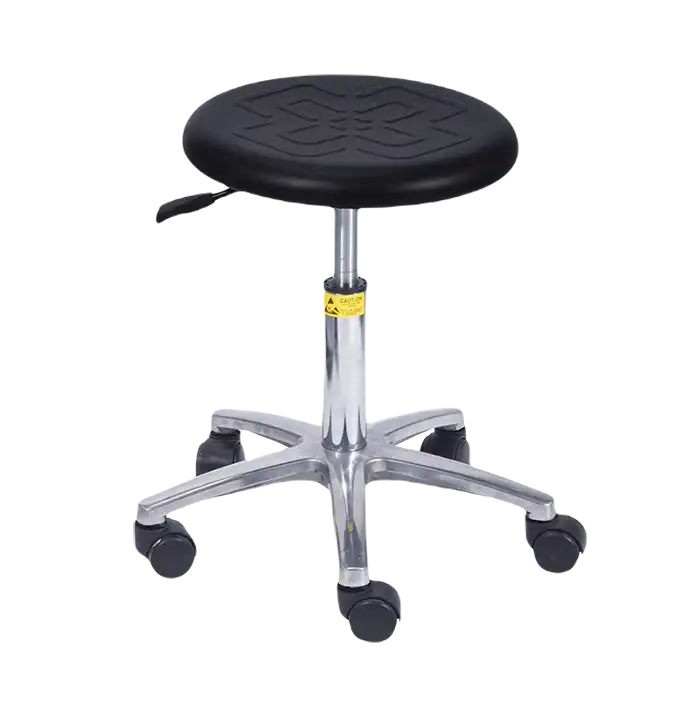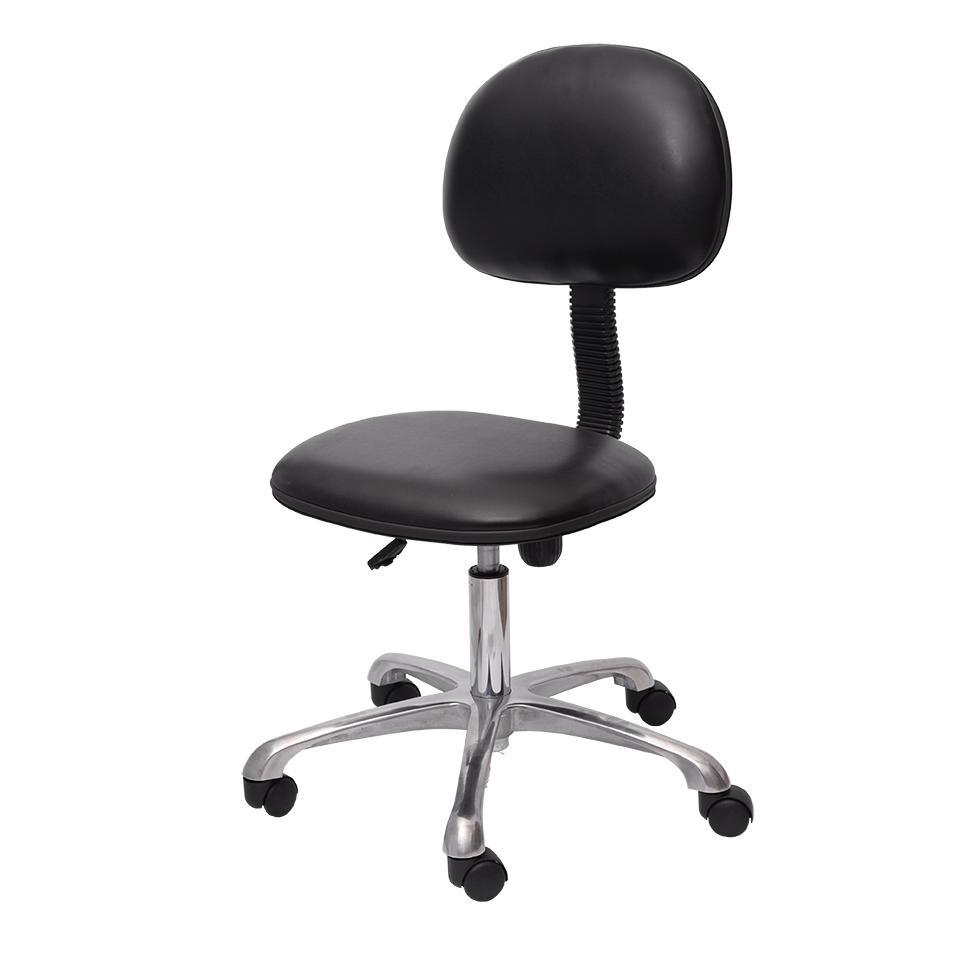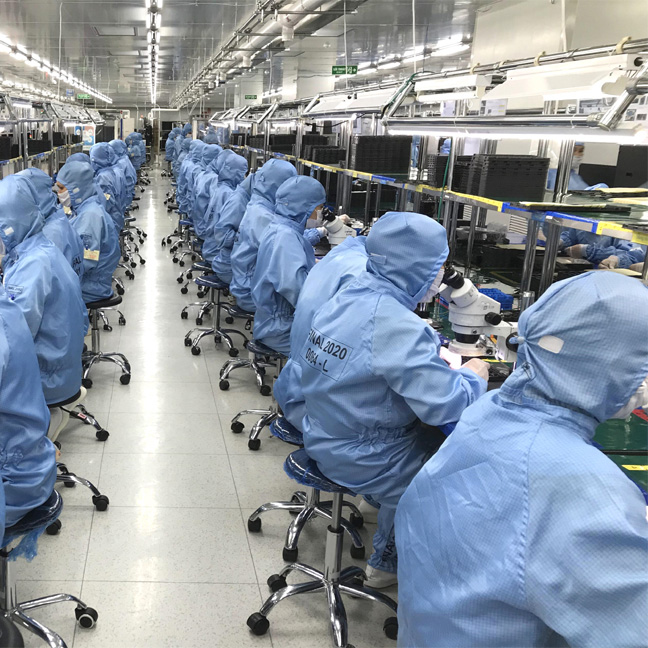DA NANG: 126 Dien Bien Phu, Thanh Khe, Da Nang
HO CHI MINH: 140 Vo Van Kiet, District 1, Ho Chi Minh
DA NANG: 126 Dien Bien Phu, Thanh Khe, Da Nang
HO CHI MINH: 140 Vo Van Kiet, District 1, Ho Chi Minh
ESD Chairs are specially designed seating solutions that safely dissipate static electricity, ensuring comfort and protection for workers in cleanrooms, laboratories, and electronic manufacturing environments.
In modern electronics manufacturing, cleanrooms, laboratories, and high-tech facilities, electrostatic discharge (ESD) control is critical. Even a tiny static spark can damage sensitive electronic components, disrupt production, or cause equipment failures. While flooring, wrist straps, and mats are often used to control static, one element is sometimes overlooked: the chair.
An ESD Chair is specially designed to prevent static buildup and safely discharge electricity through conductive pathways to the ground. By incorporating ESD chairs into workstations, companies enhance both employee comfort and static protection, ensuring a safer and more efficient work environment.
An ESD chair is a specialized seating solution constructed with materials that dissipate static charges. Unlike standard office chairs, ESD chairs are engineered with:
These chairs meet international ESD standards (ANSI/ESD S20.20, IEC 61340), making them suitable for industries that require strict electrostatic control.

👉 Related: Pair your ESD chair with ESD Vinyl Flooring for complete workstation protection.

👉 See also: ESD Mats for localized static protection at workstations.

An ESD chair is most effective when used in combination with other ESD-safe products. For example:
👉 Complement your setup with ESD Wrist Straps for maximum operator safety.
Installation
Maintenance
Standard chairs made of plastic or fabric act as insulators, allowing static charges to build up. This can cause sudden discharges that may damage electronics. In contrast, ESD chairs are specifically engineered to:
Thus, choosing ESD chairs is not only about comfort but also about safeguarding valuable assets and ensuring compliance with industry standards.

An ESD Chair is more than just a seat—it is a vital component of an electrostatic-safe workstation. By combining ergonomic comfort with static dissipation technology, ESD chairs protect both workers and sensitive equipment.
From electronics factories to cleanrooms and laboratories, these chairs play a critical role in maintaining productivity, safety, and compliance. When paired with other ESD products such as flooring, mats, and wrist straps, they provide complete protection against electrostatic discharge.
Investing in high-quality ESD chairs is a proactive step towards securing long-term reliability and efficiency in any static-sensitive environment.
Antistatic Chair
Antistatic Chair
Antistatic Chair
Antistatic Chair
Antistatic Chair
Antistatic Chair
Antistatic Chair
Antistatic Chair
Reviews
There are no reviews yet.